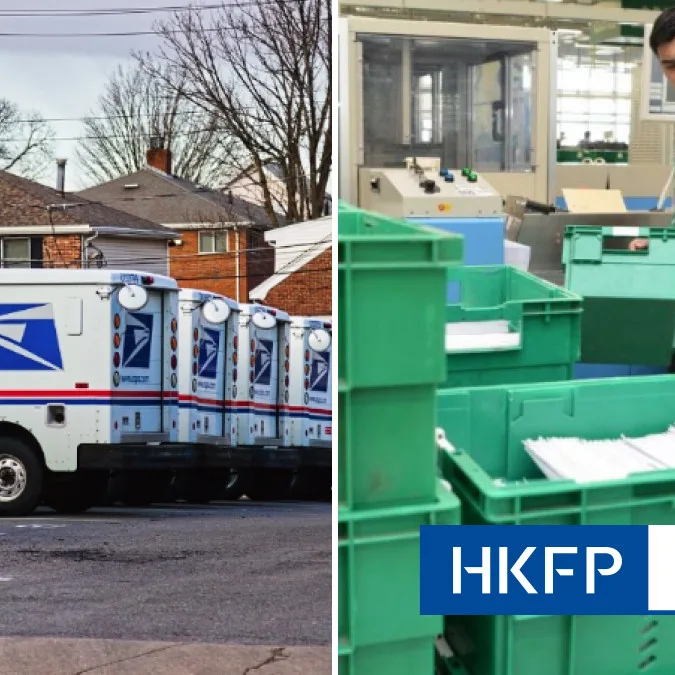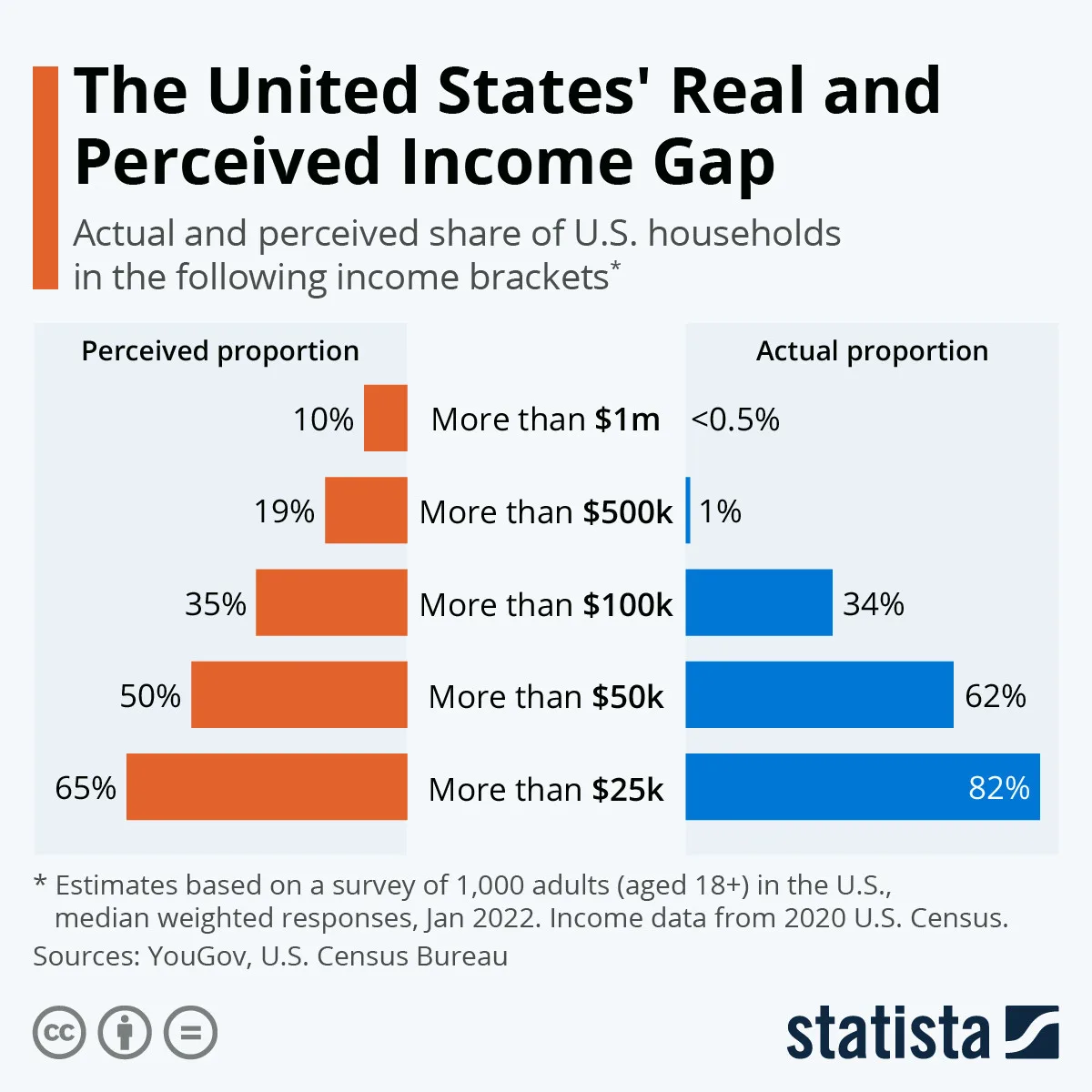In a significant move, the United States Postal Service (USPS) has announced the suspension of all inbound packages from China and Hong Kong, effective January 29, 2025. This decision is attributed to new regulations implemented by the U.S. Customs and Border Protection (CBP) that require enhanced security measures for parcels entering the country. These regulations specifically impact packages valued at under $800 that were previously exempt from certain customs duties. USPS stated that this measure aims to address concerns regarding the handling of such parcels and protect U.S. consumers from potential risks.
According to a USPS spokesperson, ‘The suspension is necessary to ensure compliance with federal regulations and to support our ongoing efforts to maintain the integrity of our mail services.’ The USPS has emphasized that this suspension is a temporary measure while adjustments align with the new regulatory framework are made.
Businesses that rely on e-commerce and import shipments from China and Hong Kong have expressed concern over the impact this will have on their operations. Some entrepreneurs fear an increase in delivery times and disruptions in supply chains which could hinder their ability to provide timely service to customers. The president of the National Retail Federation, Matthew Shay, stated, ‘This could have a lasting negative impact on e-commerce in the U.S.’
In the wake of this suspension, many retailers and consumers are grappling with how to adapt to the new reality, looking for alternative shipping options and considering the potential financial implications. The USPS has not provided a specific timeline for when the suspension may be lifted, leaving many stakeholders anxious about the future.
Furthermore, analysts suggest that this change could lead to a growth in local alternatives and increase costs for small businesses, which could ultimately be passed on to consumers. As the logistics landscape evolves, all eyes will be on how USPS manages to navigate these regulatory challenges while balancing the needs of consumers and businesses alike.











